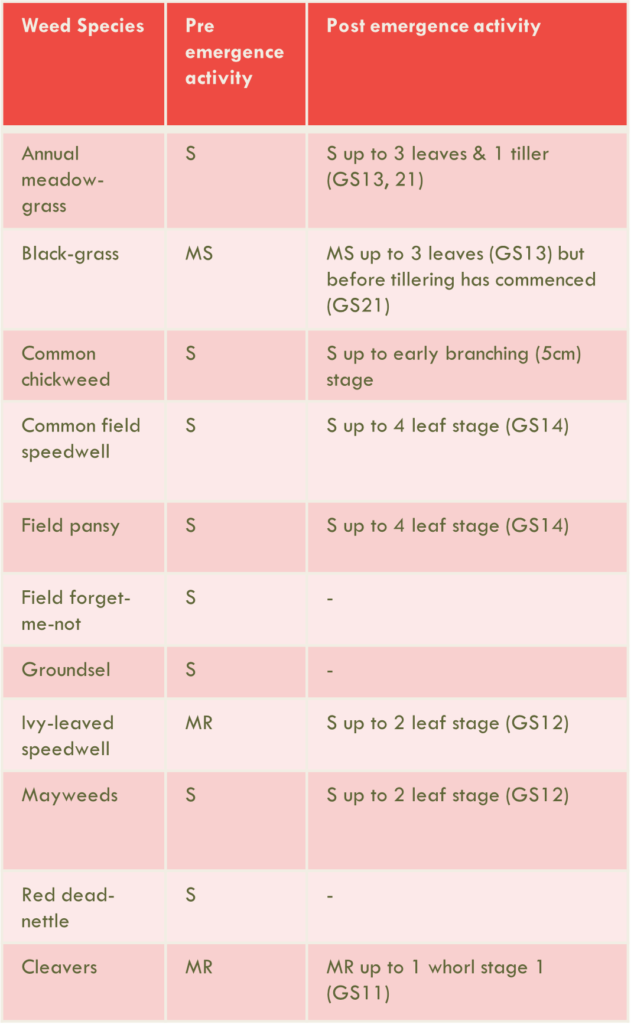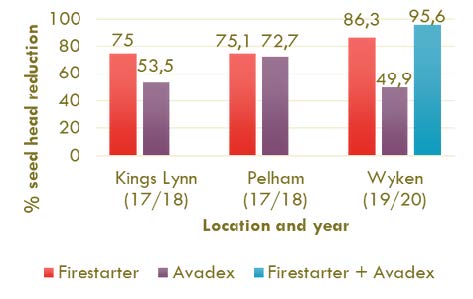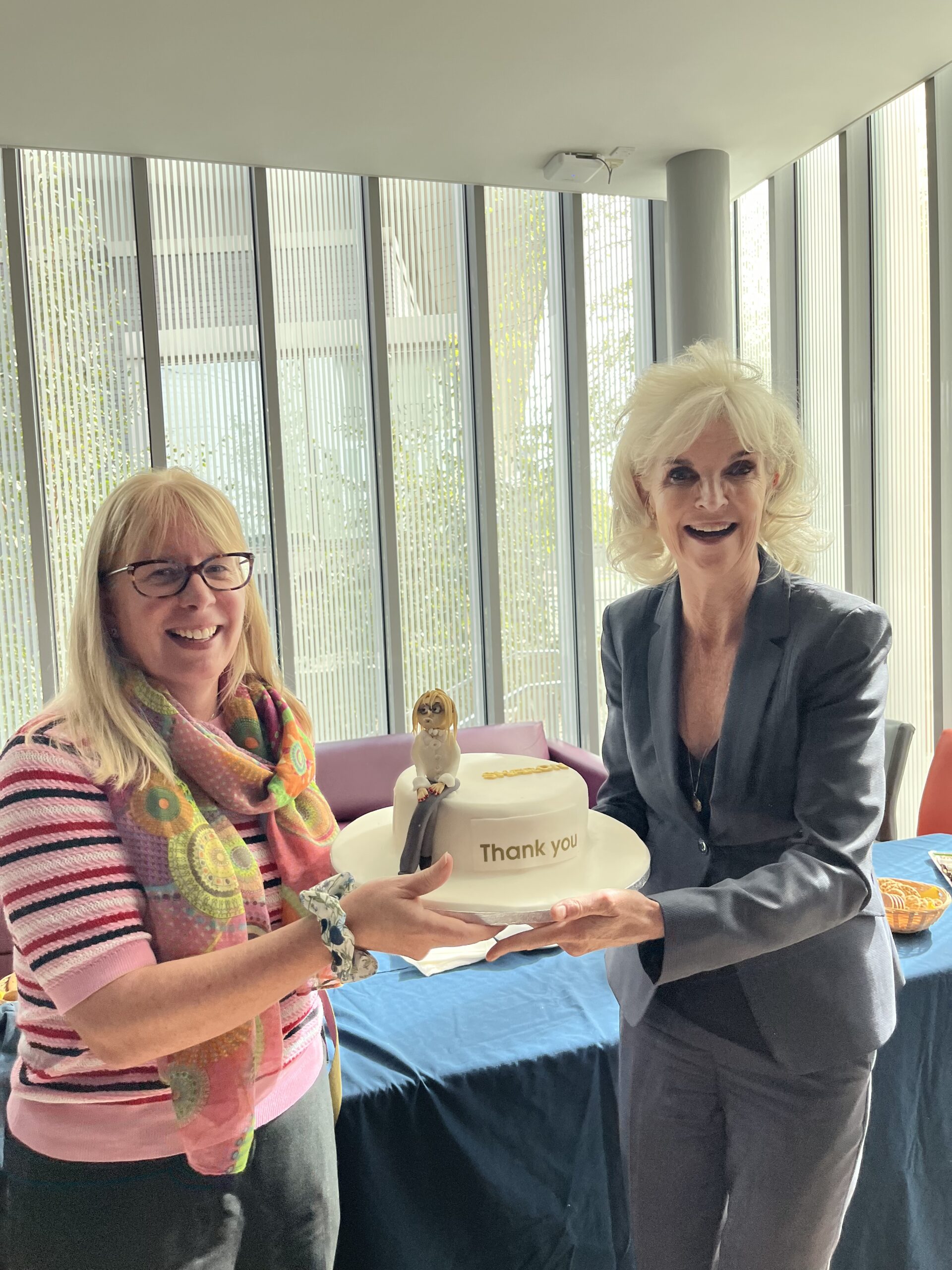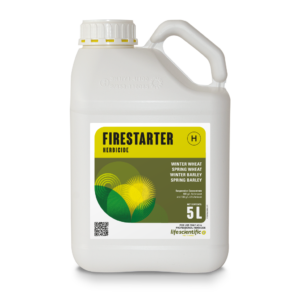Life in Life Scientific
October in Life Scientific Newsletter
We were pleased to celebrate the 25th working anniversary of one of our colleagues Sharon Brady last month. We asked her to write a few words on how the company, and her role in Regulation has changed over that time. “I joined Generic Registration Services, as it was formerly known, in September 1997 as laboratory
manager straight from completing my PhD. It was myself and Nicola Mitchell in a small room, just big enough to fit two desks, enough bench space to fit a manual HPLC and GC, and of course, the all important fax machine to communicate with the outside world. Nicola had amazingly obtained GLP accreditation before my arrival and so at that time we specialised in contract GLP 5-batch and registration services.  After 18 months I moved into the regulatory side of the business and at the same time dabbled with quality part-time, but once I got a feel for regulatory, I knew that was where I wanted to be. From a regulatory perspective, I suppose one of the biggest changes that I have seen over the years is that although information is now at our fingertips via the internet, no more searching through publications for details of product authorisations, and thankfully we are now in a paper-free space, it is becoming increasingly difficult to have direct contact with regulatory authorities, albeit over phone or in person. COVID has also massively impacted this. The days of jumping on a plane to e.g. CRD are unfortunately becoming a thing of the past. There have been many highlights through the decades but definitely one that springs to mind is the move from a CRO to developing our products; there is no greater satisfaction than obtaining a product authorisation for Life Scientific.”
After 18 months I moved into the regulatory side of the business and at the same time dabbled with quality part-time, but once I got a feel for regulatory, I knew that was where I wanted to be. From a regulatory perspective, I suppose one of the biggest changes that I have seen over the years is that although information is now at our fingertips via the internet, no more searching through publications for details of product authorisations, and thankfully we are now in a paper-free space, it is becoming increasingly difficult to have direct contact with regulatory authorities, albeit over phone or in person. COVID has also massively impacted this. The days of jumping on a plane to e.g. CRD are unfortunately becoming a thing of the past. There have been many highlights through the decades but definitely one that springs to mind is the move from a CRO to developing our products; there is no greater satisfaction than obtaining a product authorisation for Life Scientific.”
PRODUCT NEWS
Historically seed treatments provided good protection from Barley Yellow Dwarf Virus (BYDV). Now that those treatments are gone, we are relying on cultural control methods and pyrethroid insecticides such as Lambdastar. Lambdastar, our reverse engineered Hallmark Zeon containing 100g/l lambda-cyhalothrin should be applied to target second generation aphids as these are likely to move away from the plant originally colonised. Use a BYDV management tool or the 170 day degree model to ensure accurate timing. For best application technique, if using the product alone rather than in a fungicide or herbicide mix, use with a non-organo-silicone non-ionic wetter to get maximum efficacy. Total dose of Lambdastar approved on wheat and barley crops is 200ml used before late milk stage GS 77 and an individual dose of 50ml/ha. For more product information visit the website
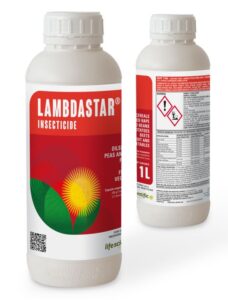
LABEL CHANGES FOR FIRESTARTER
We have some exciting additions to the Firestarter label for this autumn. Firestarter contains 400g/l flufenacet and 100g/l diflufenican and is a reverse engineered Liberator. Previously Firestarter could only be used once per crop however the newly approved label allows for Firestarter to be used as a follow-up post emergence treatment at 0.3l/ha, in addition to its existing pre- emergence use of 0.6l/ha. Spring barley has also been added to the label and can be used at 0.3l/ha at a pre-emergence timing.
This exciting approval broadens the choice for autumn weed control programmes and costs. Firestarter can be used as a follow up treatment to Luximo, the new pre-emergence herbicide, as a cost- effective follow up, or it can be used in an alternative product stack or on its own as both a pre and post-emergence treatment.
However, it’s important to note that where Firestarter is applied twice in sequence and the total dose is 0.9l/ha, the first application must be made before GS14 of the crop, leaving a minimum interval of 6 weeks between applications. For further product information and the new label see our website for details.
EARLY WEED CONTROL IN CEREALS
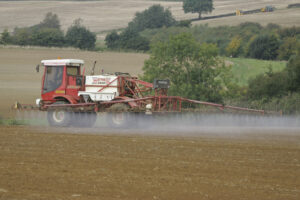
With a large acreage of wheat still to drill, particularly in areas with high black-grass populations, considerations turn to early weed control and which herbicide options to choose. Firestarter has a proven track record for efficacy equivalence and reliable performance.
Firestarter can be used pre and or post emergence in both winter wheat or barley crops. Flufenacet has strong activity against black-grass control and a range of broad leaved weeds and should be an essential ingredient in any grass weed control programme. With blackgrass control there is very little room for error, so it’s important to know that the products being applied in the programme are proven and effective.
Replicated field trials have been carried out by the team at Prime Crop Research Ltd in order to demonstrate the efficacy and crop safety of Firestarter when used alone and as part of a programme with other herbicides. The bar chart shows the percentage of blackgrass seed head reduction at three different trial sites over a three year period. When Firestarter is used in a mixture with Avadex, trials show a 95.6% reduction in blackgrass head numbers. Firestarter also controls a number of other weeds both at pre and post emergence.
